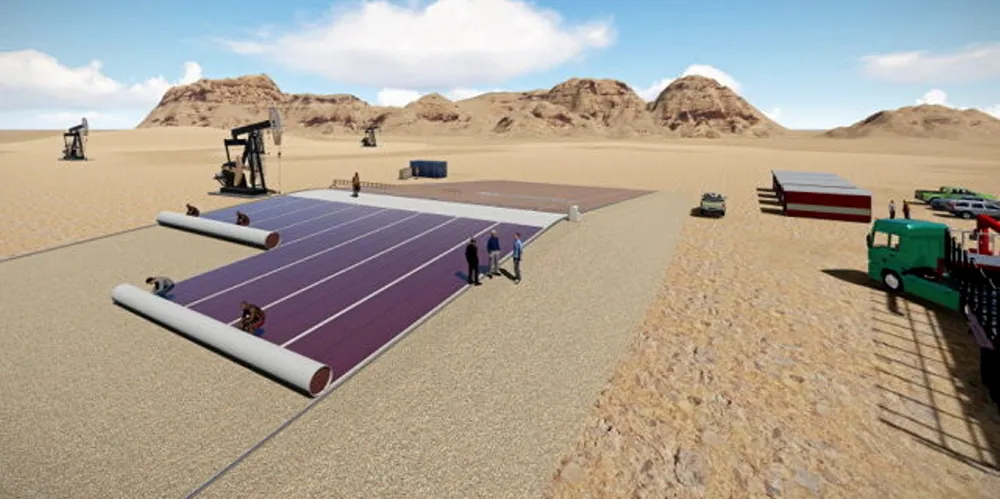Billionaire green hydrogen magnate hones in on low-cost perovskite solar with factory cash injection
Andrew Forrest's Fortescue Future Industries chases cost savings on power production by eyeing construction of a 1GW ‘Powerfoil’ PV factory in Australia
